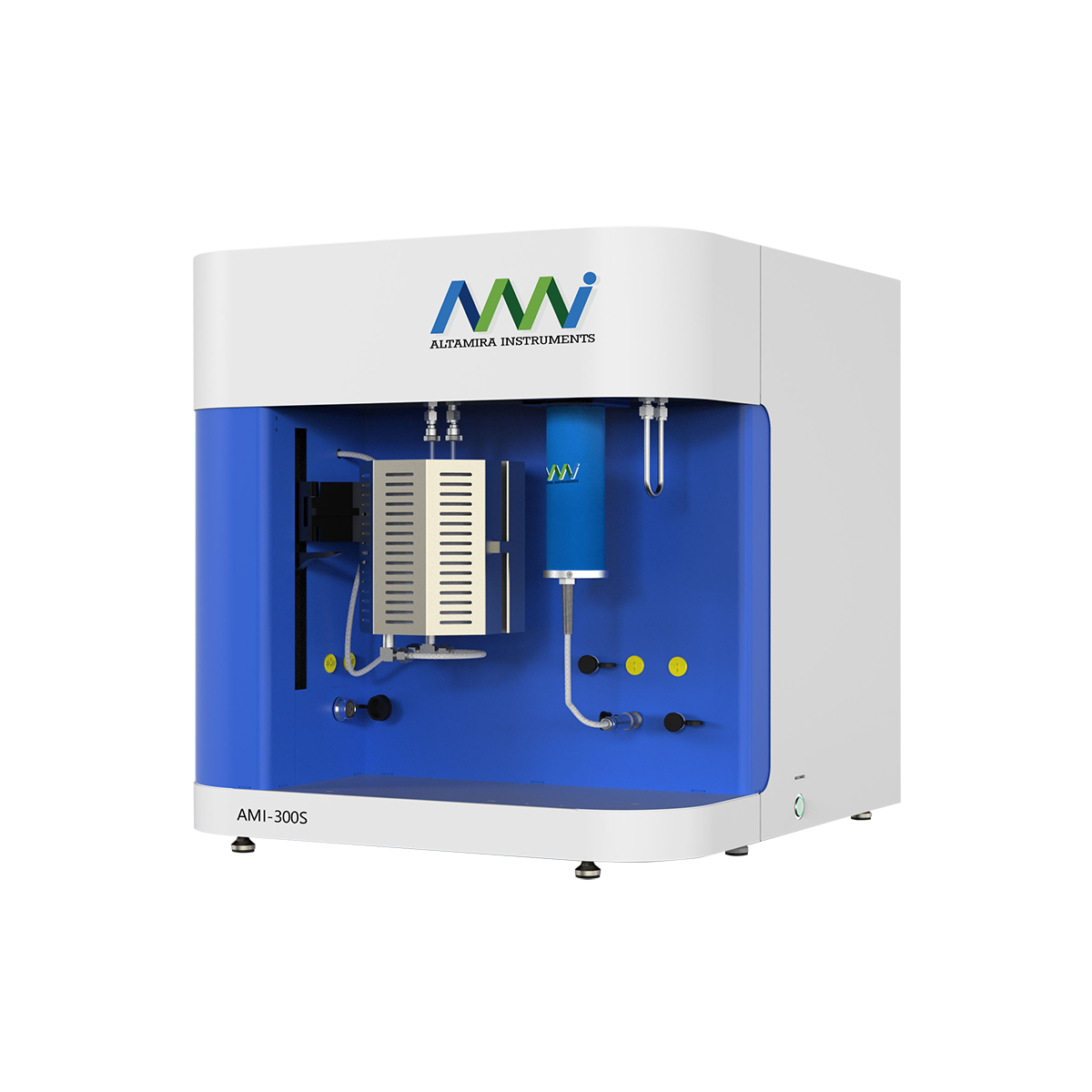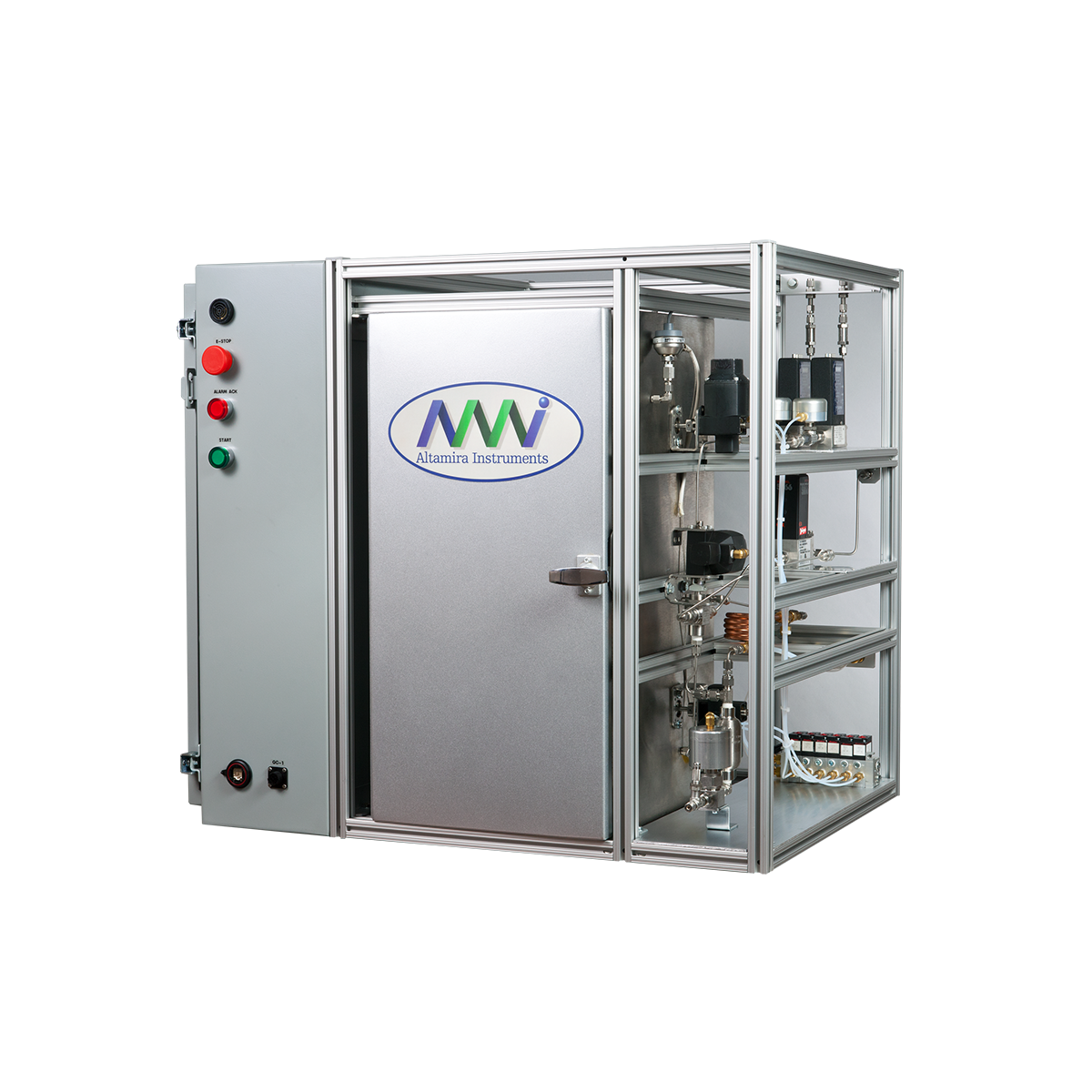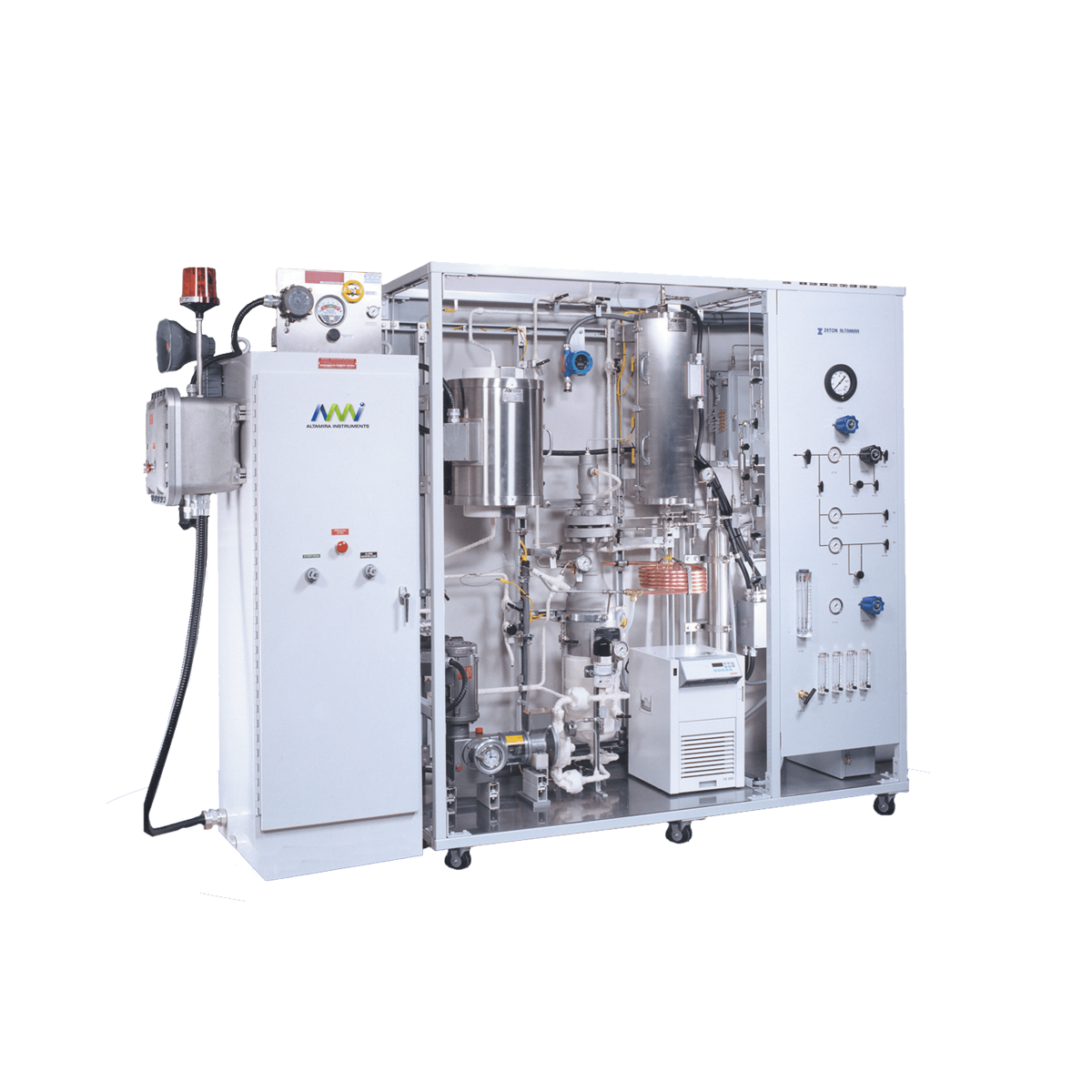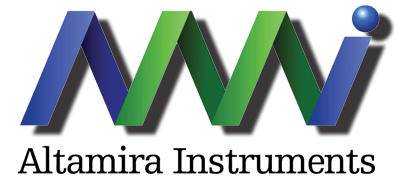Phone: 262-877-3600
SELECT YOUR SYSTEM
AMI Family: Chemisorption

Combines a variety of temperature-programmed techniques, including, TPD, TPO,TPR, and TPRx.
µBenchCAT: Bench-top Reactors

A complete, bench-top reactor for catalytic studies. All components are either in the gas or liquid phase and are contained in a fully automated compact package.
BenchCAT: Custom Reactors

Custom-designed microreactors, which are fully automated and designed for unattended operation.

